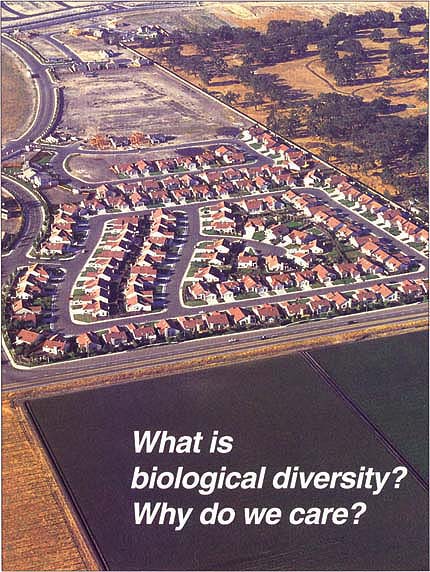All Issues
What is biological diversity? Why do we care?
Publication Information
California Agriculture 49(6):4-4.
Published November 01, 1995
PDF | Citation | Permissions
Full text
Our lives, and those of future generations, depend on biological diversity. Scientists have described 1.4 million species on Earth, but they estimate the true total is up to 100 times greater. All contribute to the healthy functioning of the planet. Some with the least appeal — soil fungi, bacteria and insects — are essential workhorses that clean air and water, and recycle nutrients to create fertile soil.
Today the extinction rate is among the highest in the fossil record — perhaps 10 to 1,000 times the background rate. By far the greatest threat to biological diversity is human population growth; Californians will double to 63 million by 2040, usurping open space, wildlife habitat and farmland.
In this issue, we take stock of California's current biological diversity and the roles farmers and ranchers can play in conserving it, while maintaining economic viability. We begin with a look at the current controversies surrounding the Endangered Species Act.
— Editor
California Agriculture gratefully acknowledges the contributions of the Guest Editorial Committee for this issue: Michael Clegg and Cal Qualset, co-chairs; Don Erman, Debbie Elliott-Fisk and Terry Salmon.





